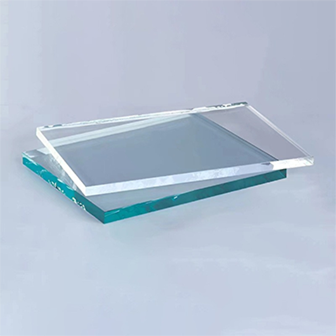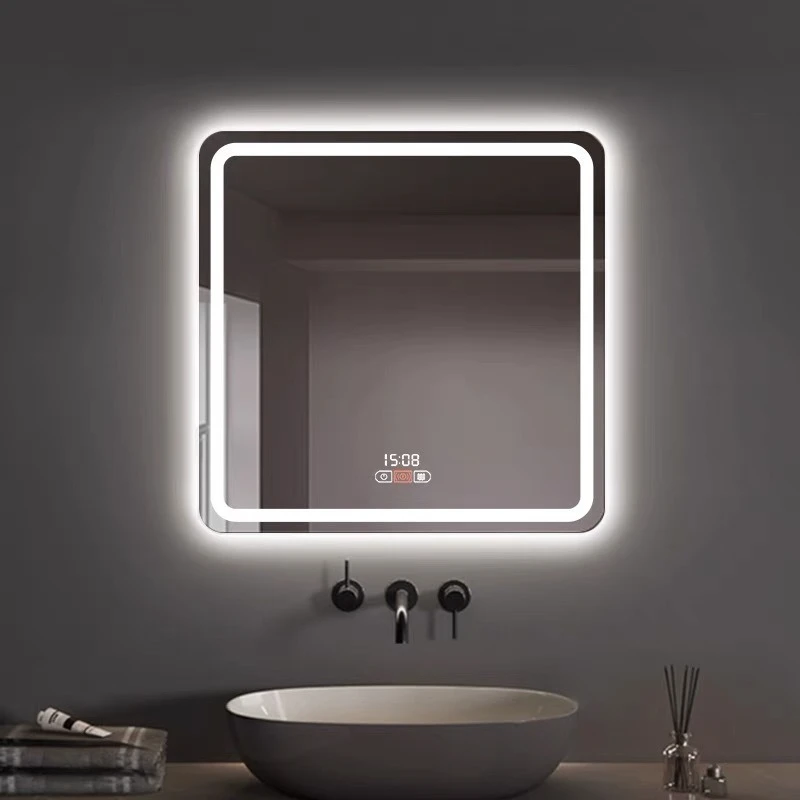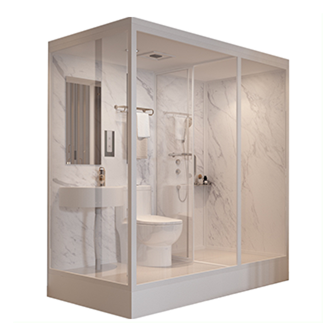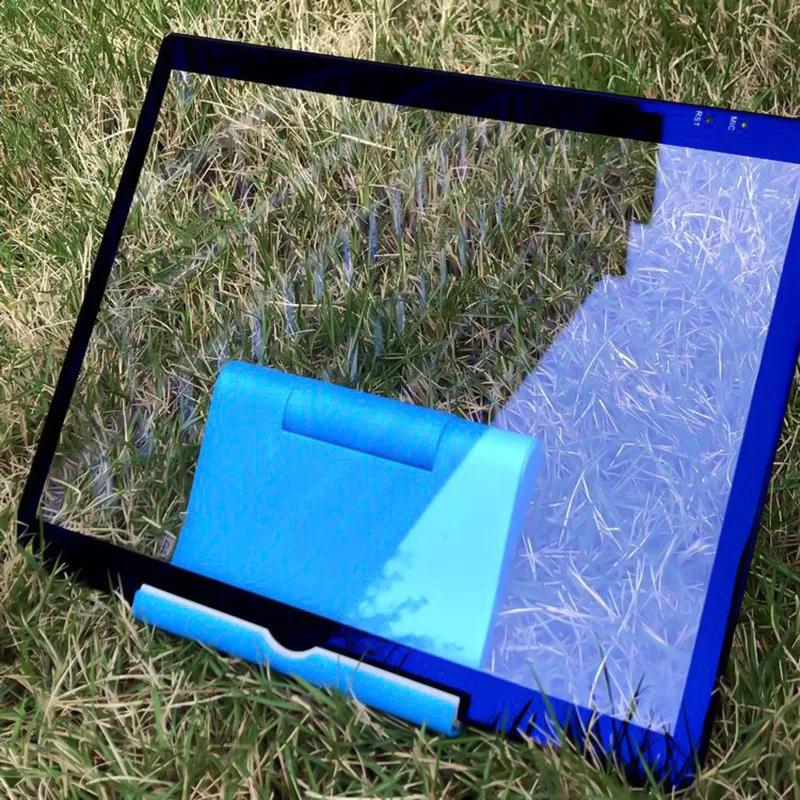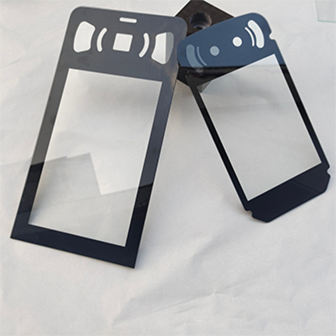Sep . 29, 2025 06:10 Back to list
Tinted Glass: Energy Efficiency & Aesthetics | Shahe Shott Glass
Introduction to Tinted Glass
Tinted glass is a specialized type of colored glass created by incorporating specific colorants into standard clear glass during the manufacturing process. This innovation not only alters the visual appearance of the glass but also enhances its functional properties, such as solar radiation absorption and light transmission control. Tinted glass is widely used in architectural, automotive, and interior design applications due to its ability to balance aesthetics with practical benefits. Shahe Shott Glass Co., Ltd., a leading manufacturer in the industry, offers a diverse range of tinted glass products tailored to meet modern energy efficiency and design requirements.
Key Features of Tinted Glass
Tinted glass is engineered to address two primary functional needs: heat management and light control. These features make it an ideal solution for environments where solar radiation and glare pose challenges. Below are the core characteristics that define its performance:
1. Heat Absorption and Solar Radiation Control
One of the most significant advantages of tinted glass is its ability to absorb solar radiation more effectively than clear float glass. According to NIST (National Institute of Standards and Technology) research, tinted glass can reduce heat transmittance by up to 28% compared to standard clear glass. For instance, a 6mm thick clear float glass allows 84% of solar heat to pass through, while tinted glass reduces this to approximately 60%. The darker the color, the lower the heat transmittance, making it a preferred choice for regions with intense sunlight.
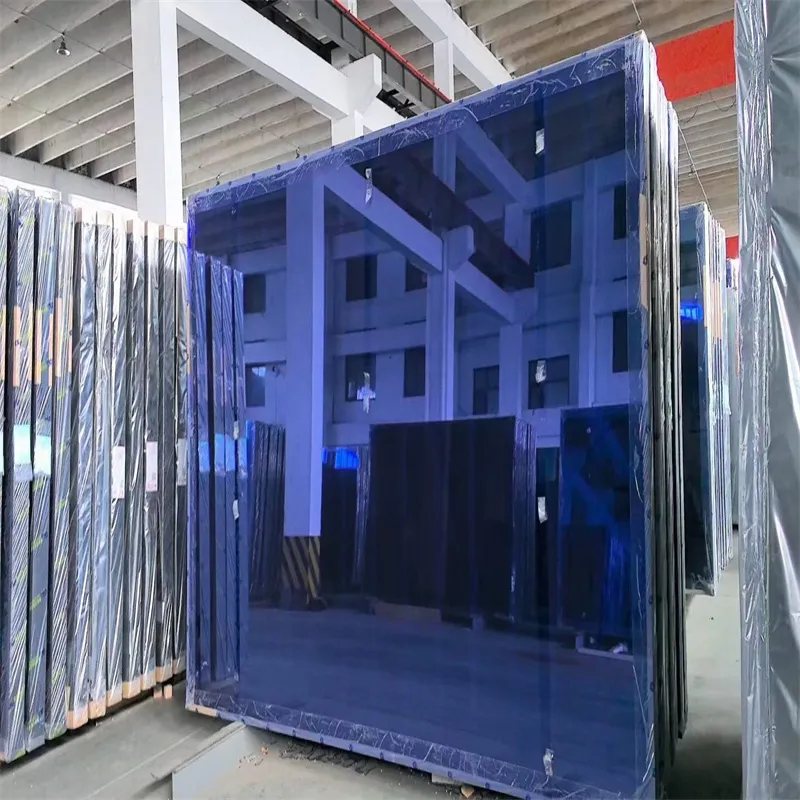
2. Sunlight Intensity Reduction
In areas with high solar exposure, such as deserts or low-latitude regions, tinted glass effectively softens sunlight, reducing glare and improving indoor comfort. This feature is particularly beneficial in commercial and residential buildings, where excessive brightness can cause visual fatigue and lower productivity. By integrating reflective glass technology, manufacturers enhance the energy efficiency of tinted glass, making it a versatile solution for sustainable architecture.
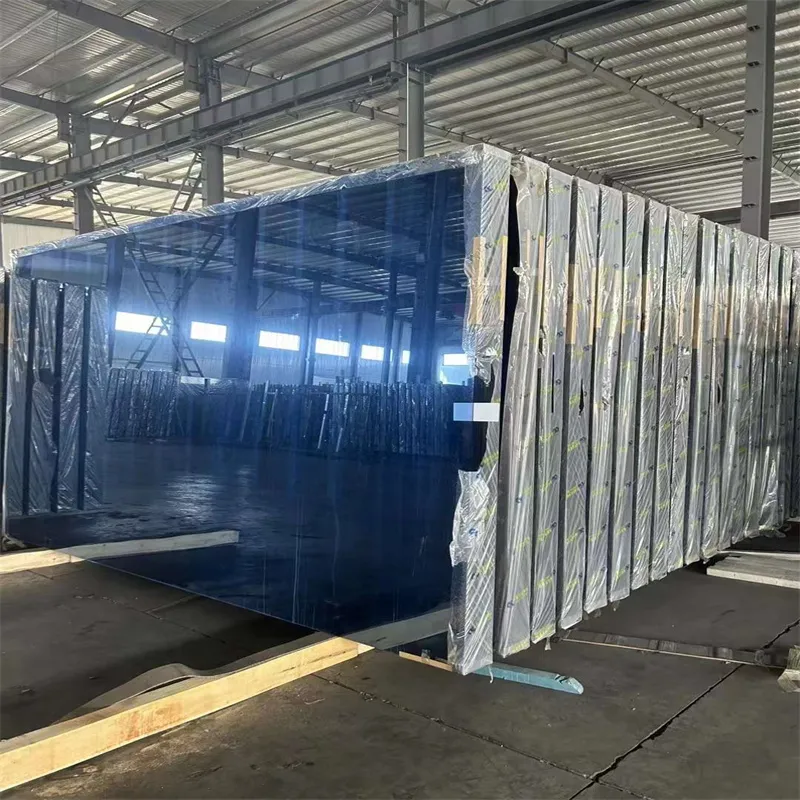
Advantages of Tinted Glass
The benefits of tinted glass extend beyond its functional properties, offering a range of advantages that cater to modern design and energy efficiency demands:
1. Energy Efficiency
By minimizing solar heat gain, tinted glass reduces the reliance on air conditioning systems, leading to lower energy consumption. This aligns with global efforts to promote sustainable building practices, as highlighted in NIST's guidelines for energy-efficient materials.
2. Enhanced Aesthetics
The availability of multiple colors, such as blue tinted glass, grey tinted glass, and black tinted glass, allows architects and designers to create visually striking facades and interiors. Its ability to blend with different styles makes it a popular choice for both modern and traditional spaces.
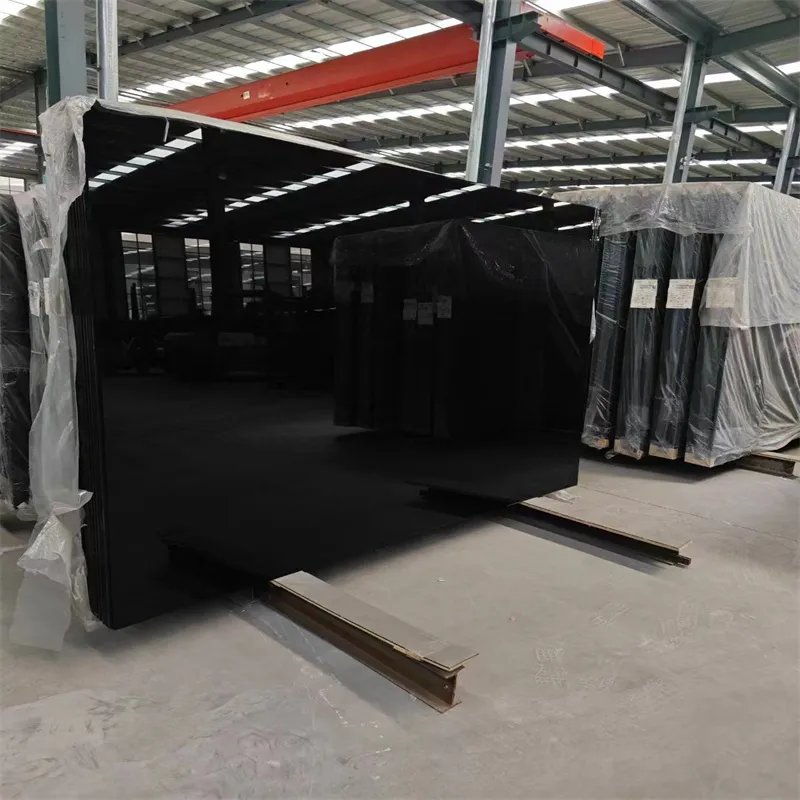
3. Versatility in Applications
Tinted glass is not limited to architectural use. It is also employed in automotive applications, where it blocks harmful UV rays and reduces driver fatigue caused by glare. Additionally, its durability makes it suitable for furniture and decorative elements.
Applications of Tinted Glass
The adaptability of tinted glass ensures its relevance across various industries. Below are some of the key applications:
1. Architectural Use
In commercial and residential buildings, tinted glass is used to enhance the aesthetic appeal of facades while improving energy efficiency. Its ability to control natural light reduces the need for artificial lighting, contributing to cost savings and environmental sustainability.
2. Interior Decoration
Interior designers often incorporate tinted glass into partitions, windows, and decorative panels. This not only adds a touch of elegance but also creates a sense of privacy and visual interest.
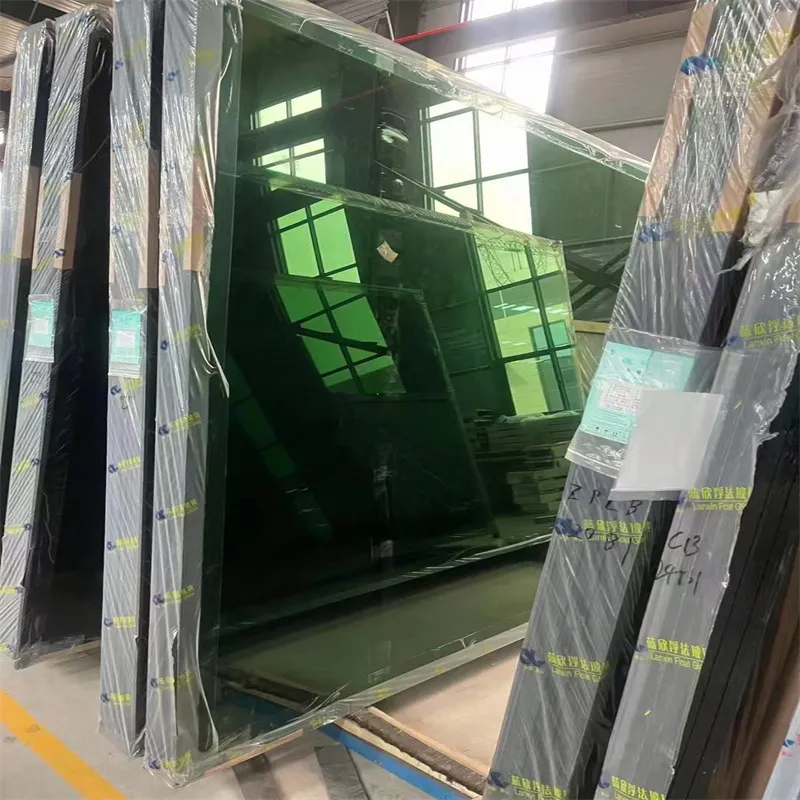
3. Automotive Industry
Automotive manufacturers utilize tinted glass in windshields and side windows to protect drivers from excessive sunlight. This application enhances safety by reducing glare and improving visibility.
Product Specifications
| Parameter | Details |
|---|---|
| Size (mm) | 1650x2140, 1830x2440, 2140x3300, 2440x3300, or custom sizes |
| Thickness | 4mm, 5mm, 6mm, 8mm |
| Color Options | Golden Bronze, Euro-Bronze, Dark Grey, Euro Grey, Black, F-Blue, Dark Green, F-Green, Ocean Blue, and more |
| Applications | Architecture, furniture, and interior decoration |
Company Background: Shahe Shott Glass Co., Ltd.
Shahe Shott Glass Co., Ltd. is a renowned manufacturer specializing in high-quality glass products, including tinted glass, reflective glass, and clear float glass. With a commitment to innovation and customer satisfaction, the company provides tailored solutions for diverse industries. Their expertise in glass processing, such as cutting, tempering, and laminating, ensures that clients receive products that meet their specific needs.
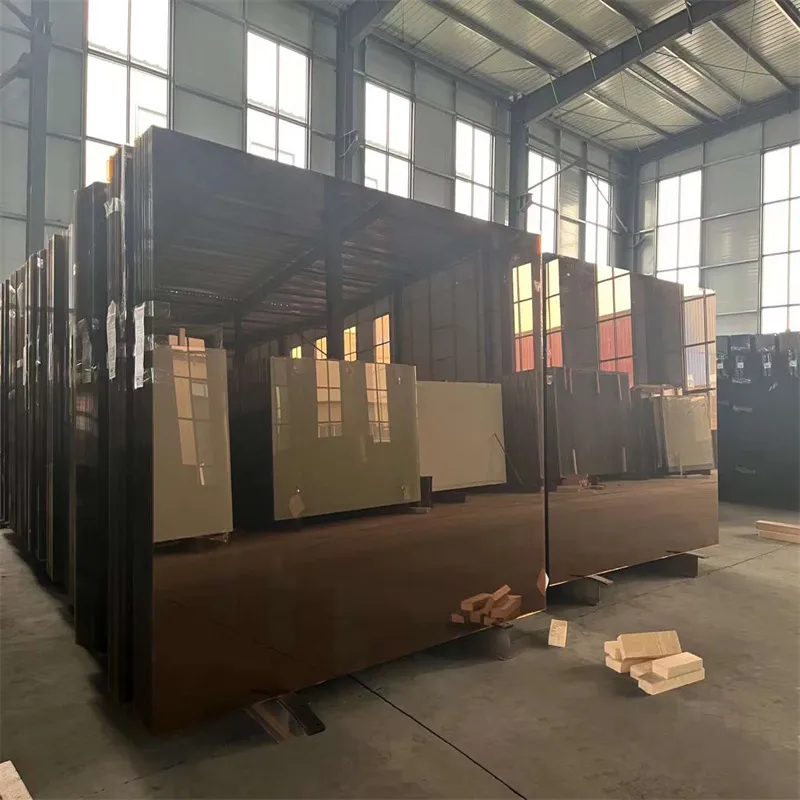
Conclusion
Tinted glass is a versatile and efficient solution for modern architectural and industrial applications. Its ability to manage solar heat, reduce glare, and enhance aesthetics makes it a valuable asset for designers and engineers. Shahe Shott Glass Co., Ltd. continues to lead the industry by offering innovative products that align with global sustainability goals. For more information about their tinted glass solutions, visit their official website.
References
NIST (National Institute of Standards and Technology) provides authoritative guidelines on energy-efficient materials and solar radiation control. Their research supports the development of sustainable building practices, as outlined in their publications on solar energy and building materials.
-
Types of Reflective Glass
NewsNov.17,2025
-
What Is Dichroic Glass?
NewsNov.17,2025
-
Smart LED mirrors can have touch controls
NewsNov.17,2025
-
Laminated glass improves energy efficiency
NewsNov.17,2025
-
Insulated glass enhances building comfort
NewsNov.17,2025
-
Acid etched glass offers elegant privacy
NewsNov.17,2025
Related PRODUCTS


